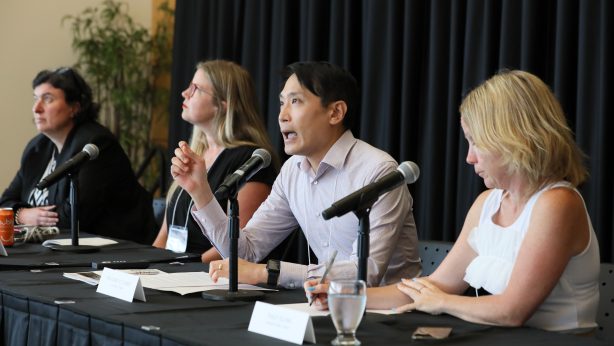Passing the torch for better Medicare
An emergency physician advancing solutions to wait times, an activist championing reproductive health care, and two men with stories to share about the early days of the Canada Health Act have lots to say about public health care in 2024.
Presenting at the penultimate session of the Canada Health Act at 40 Research Roundtable on June 20 at the University of Ottawa were Canadian Doctors for Medicare’s Dr. Edward Xie, Action Canada’s Fréderique Chabot, and the Nova Scotia Health Coalition’s Ian Johnson and Dr. Robert Barkwell.
The panel is now available for viewing here –
Solutions to reduce wait times
Edward Xie is an emergency physician, and an assistant professor and PhD student at the University of Toronto. With others from Canadian Doctors for Medicare, Xie is working on the ‘Public Solutions to Reduce Wait Times’ project. The research team is focused on challenges related to wait times, specifically for specialist consults, surgeries and emergency care.

“The project came about in 2022-2003, out of a concern about narratives that framed private financing and for-profit delivery with ideas such as reform innovation and convenience while eliding concerns about inefficiency, accountability, equity and sustainability. Our goal was to reinvigorate a vision for a strong public system for everyone and potential pathways for strengthening it,” said Xie.
Xie and his team did a literature review of wait time strategies that worked well in publicly financed care systems. They found seven promising strategies. At the roundtable, Xie focused on three of the strategies: central intake systems, e-consults, and primary access to care.
“A systematic review of nine studies of centralized intake systems in Canada, Australia and England found on average wait times were reduced by 57 per cent for surgical referrals and 40 per cent for internal medicine referrals,” said Xie.
Xie listed Canadian examples of reduced wait times through central intake models: A radiology system at Memorial University of Newfoundland reduced wait times between imaging to treatment from 118 days to 80. The Edmonton Bone and Joint Centre reduced wait times from referral to surgery by 54 days overall and 86 days for the most urgent patients. The Edmonton North Primary Care Network reduced average wait times from primary care to a specialist appointment from 96 to 73 days. A system for 18 specialist groups in Saskatchewan reduced wait times by about 50 per cent.
Xie then turned to e-consults or connected care: “This is a model of remote, secure, brief consultation with specialists for questions that don’t necessarily require in-person face-to-face or full consultation with patients. This expedites clinical intervention or reassurance by quickly addressing uncertainty.”
The main e-consult models in Canada are the Rapid Access to Consultative Care (RACE) and the Champlain Building Access to Specialists through eConsultation (BASE).
“This is a success story,” said Xie. “We don’t celebrate this enough. This is a model that has already spread and scaled across Canada with support from pan-Canadian organizations. Some of the systems have logged tens of thousands of consults since inception.”
Xie then discussed how team-based care in Alberta, Québec and Ontario have led to fewer emergency department visits. “In Ontario, for example, there’s a small but significant two per cent difference over time in team-based care versus non-team-based models as well as obvious benefits for continuity and comprehensive access,” said Xie.
“We do have an abortion law in Canada. It’s called the Canada Health Act”
Fréderique Chabot is the Acting Executive Director of Action Canada for Sexual Health & Rights, a national organization safeguarding and advancing sexual and reproductive health and rights in Canada and around the world. Chabot has been with Action Canada for a decade, leading their health promotion and domestic advocacy activities.
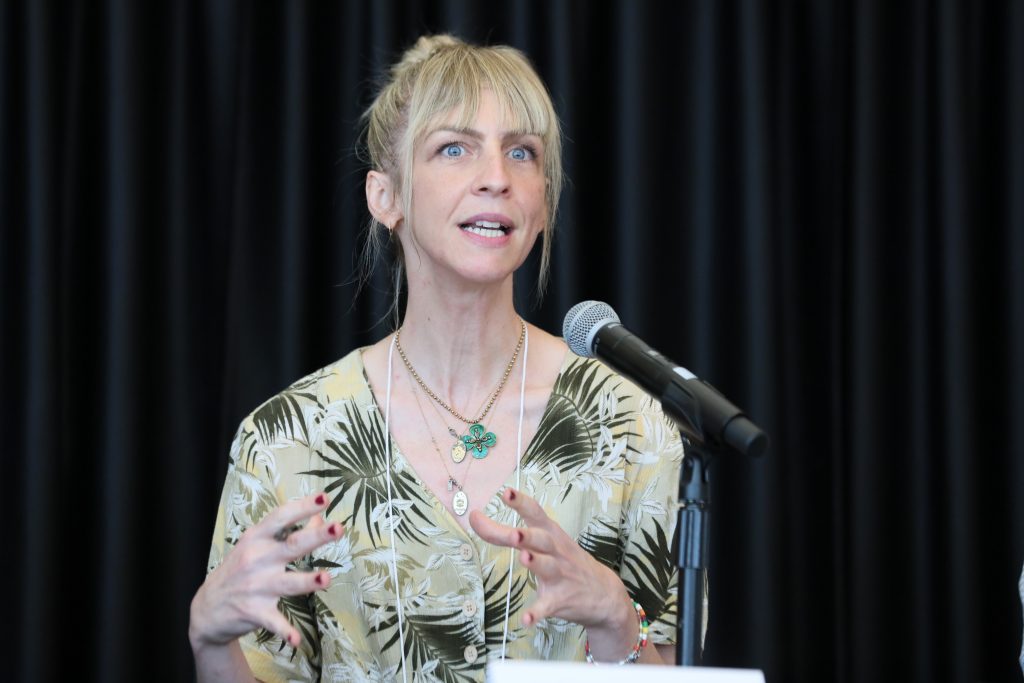
Chabot discussed the effect the reversal of Roe v. Wade in the U.S. in 2022 had in Canada.
“We have a very different legal and policy landscape here when it comes to abortion. It’s very different from the United States, how abortion is enshrined in law or as a right. Well before 2016, it was actually quite unthinkable that Roe v. Wade was going to be overturned so it took a set of circumstances to line up perfectly for this to happen and so we have to also be vigilant to look at bigger patterns emerging,” warned Chabot.
“It took Trump being elected and then judges being rushed through to the Supreme Court, then lying to Congress about their intentions and then it just took some legal cases to be triggered for it to happen,” said Chabot.
Chabot noted that abortions are a common medical procedure. “One person in three who gets pregnant will have an abortion in their lifetime in Canada. I think it’s more common than getting your wisdom teeth removed.”
A new law enshrining the right to abortion in Canada had been tossed around but Chabot noted it was quickly killed through their advocacy. “We do have an abortion law in Canada. It’s called the Canada Health Act,” said Chabot who cautioned against politicizing certain medical procedures.
Referring to the Canada Health Act, Chabot said, “We have standards that we can work towards. We have mechanisms that can be strengthened. Maybe there’s going to be a Canada Health Act 2.0, but in fact we do have mechanisms that can be leveraged to make access better for a very crucial medical procedure.”
“Family doctors and nurse practitioners in Canada have been integrating abortion in primary health care where it belongs, which is incredible. It has also destigmatized this very common medical procedure and is part of really wonderful progress,” stated Chabot.
Reproductive health rights is not the end goal, noted Chabot.
“It’s fine to have abortion rights but with maternity wards closing in Québec and patients having to drive four hours to give birth, it doesn’t really matter that we have a right to reproductive health care. Or if clinics are unable to provide abortions past a certain point because there’s no nurses to staff those clinics, does it matter that we have a right to abortion in Canada?” said Chabot.
Chabot is worried that an American-style push towards undermining national standards or overarching principles that guide certain political questions is happening in Canada.
“We’ve seen it with trans health care recently and education policies around pronouns and the protection of trans youth in schools where the nothwithstanding clause was invoked in Saskatchewan. This is an example of a threat where there is a very concerted effort to actually have us abandon an overarching narrative around the kind of health care system we want,” said Chabot.
Chabot gave a plug for Action Canada’s abortion access tracker, a website that “illustrates the legal landscape of abortion in Canada and the reality of accessing abortion care across the country. Through this resource, we aim to better understand gaps, as well as identify opportunities to protect and improve abortion access through policy and law.”
For Chabot, the Canada Health Act offers us a map and opportunities to address the gaps and asymmetrical access to health care.
“A momentous day”
Long-time public health care advocates Ian Johnson and Dr. Robert Barkwell ended the session.
Ian Johnson is the founding Chair of the Nova Scotia Health Coalition. He helped to organize the province-wide Public Series on Medicare in 1983.
“The first Canadian Health Coalition meeting I went to was in a kind of a backdoor hotel. I remember Tommy Douglas coming to that meeting and I remember wondering what kind of group is this,” laughed Johnson.
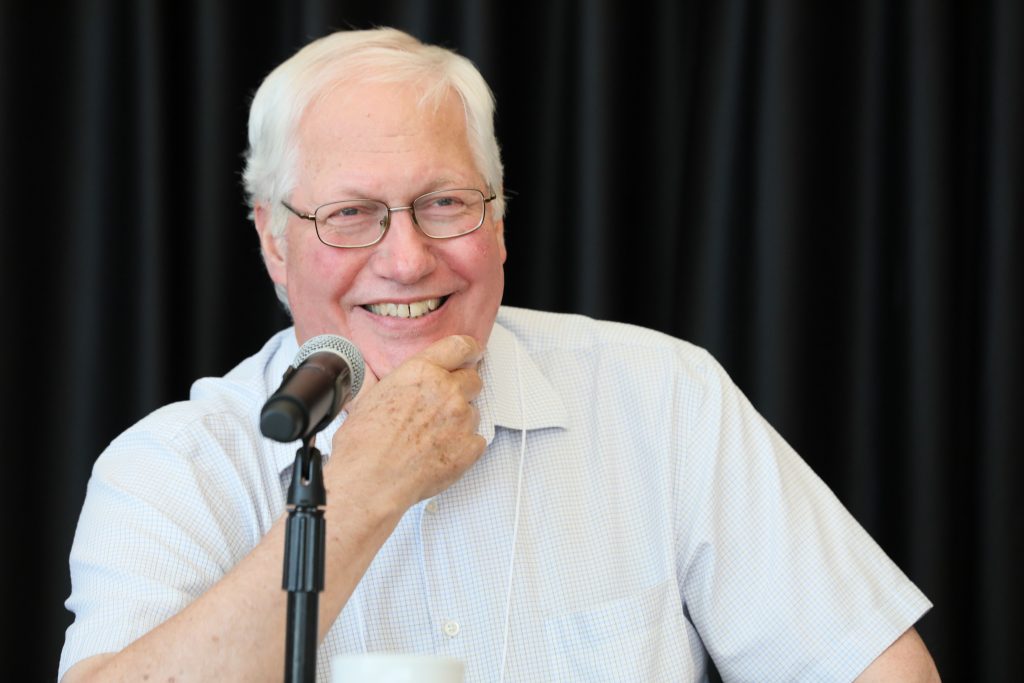
“This is a bit of a momentous day for me because it culminates much of what I tried to do over the last 40 years. I think it is a very opportune time to be doing the assessment that we’re doing and to look at where and how we could move ahead,” said Johnson who was part of the Canadian Health Coalition and Nova Scotia Health Coalition’s presentations to the House of Commons Committee examining the Canada Health Act before it was enacted.
“1982-1983 was a bit of a blur. We organized a tour of the province. We worked closely together and presented what we thought should be done. We were part of what we consider to be a national and even international movement fighting to save Medicare and to advance what we thought was important and worthy of carrying forward,” said Johnson.
“We were one of the groups that Monique Bégin talks about, the 75 groups that were part of the community forum series leading up to the introduction of the Canada Health Act. We were part of that process,” said Johnson.
Johnson noted extra billing in health care has long existed, but that public pressure stopped a fast train to more extra billing and user fees in health care.
“In 1983-84, approximately 50 per cent of our physicians were extra billing in Nova Scotia. We also heard about the threat of hospital user fees. We worked hard to stop that. It didn’t happen because of increased public pressure,” said Johnson.
Dr. Robert Barkwell is a recently retired family physician and the chair of the Nova Scotia Health Coalition.
“I’m going to start by admitting that I’m old enough to have watched Justice Emmett Hall trying to explain Medicare to a large crowd of anxious, angry and hostile physicians in a smoke-filled ballroom in the Omni King Edward Hotel in Toronto,” said Barkwell whose first job after his residency was at the Saskatoon Community Clinic “when the scars of the 1962 doctor strike were still raw.”
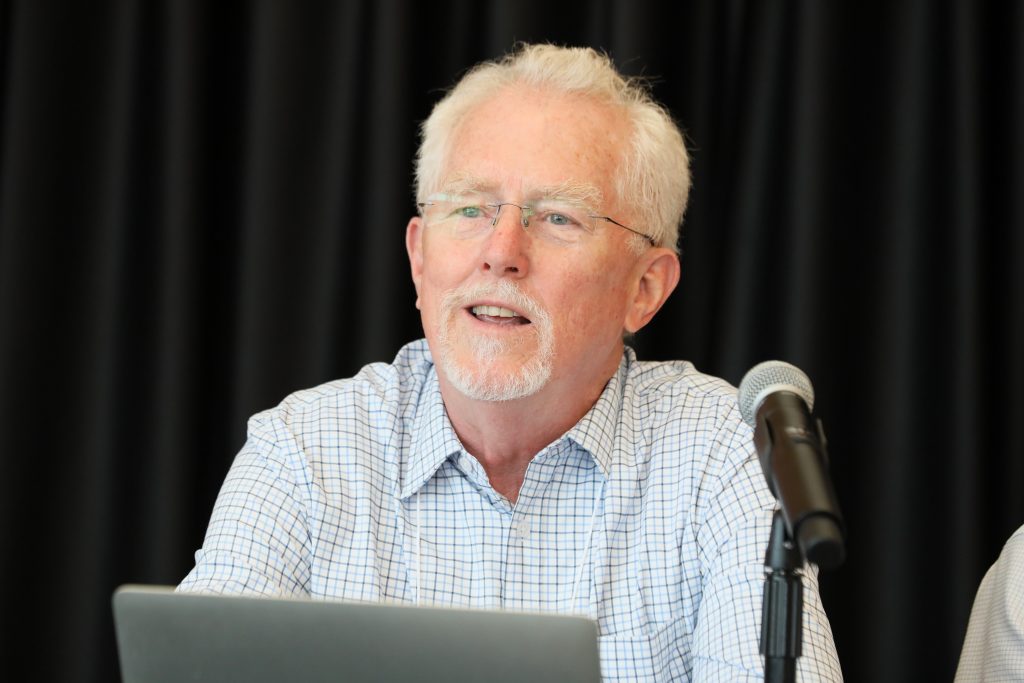
For Barkwell, the health care landscape has changed, and it needs to be examined in the context of capitalism. He noted that health is affected by the soaring prices of groceries and housing.
Barkwell is concerned about what is happening with patient data as private players deliver health care.
“Electronic bulk data storage and electronic medical records (EMR) have created opportunities for for-profit privatization not foreseen in 1984. In my province, Nova Scotia, all physicians using an EMR must use either the Telus health application or an EMR from a much smaller less well-known competitor. The deal made by the government of the day with these two suppliers was in a sole source non-competitive, non-public deal. Unsurprisingly, the Telus application has the lion’s share of the market. There is no clarity on where the data is stored, on who has access, and for what purposes because this is ‘commercially sensitive’ and therefore unavailable,” said Barkwell.
From the audience, Michael Rachlis, a Toronto-based health policy analyst and one of the leading experts on the Canadian health care system, offered a comment on fixing health care: “The magic potion is you give the patient what they need as soon as they think they need it.”
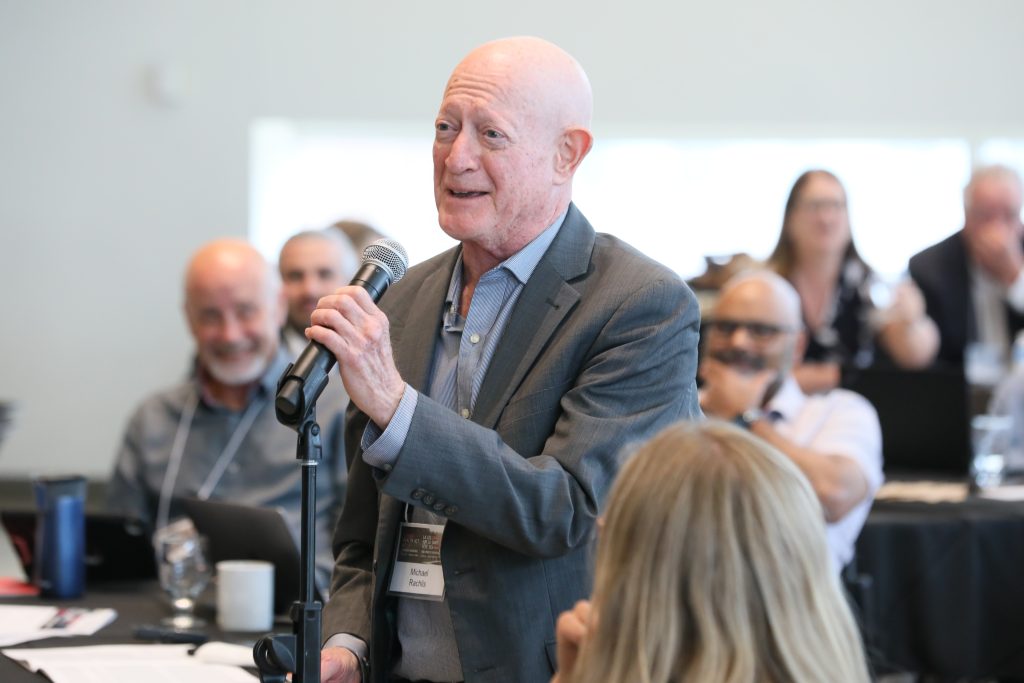
This is the seventh blog of a series of eight weekly blogs summarizing what was heard at the Canada Health Act at 40 Research Roundtable at the University of Ottawa on June 20, 2024. The research roundtable was organized by the Canadian Health Coalition and the University of Ottawa’s Centre for Health Law, Policy and Ethics with support from St. Thomas University.
Next week’s blog will discuss Anne Lagacé Dowson’s fireside chat with Dr. Jane Philpott on her new book, Health for All: A Prescription for a Healthier Canada. Previous webinars can be watched on the Canadian Health Coalition’s Youtube channel.

